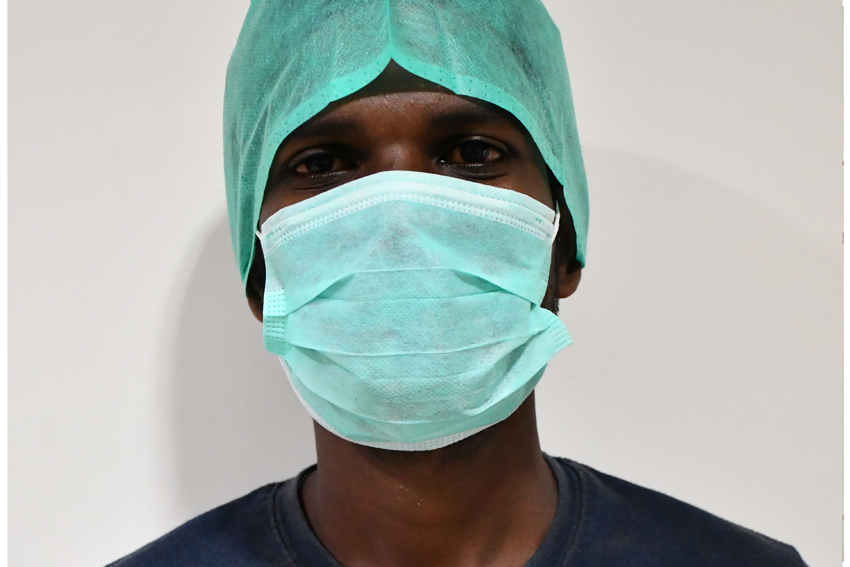What is Liver Cirrhosis
Irreversible and permanent damage of the liver is called Cirrhosis. The literal meaning of cirrhosis is shrunken. The liver is a 2.5 kg organ occupying the right side of the abdomen. In cirrhosis the liver is shrunk to over 50%.
If the liver is scarred beyong a point, it leads to Liver Cirrhosis. The liver is a detoxifying organ of the body. They get damaged every time they are dealing with harmful substances. This damage is often reversible. But during this healing process, they form something called scar tissues. When there is more damage, more scar tissues are formed as a result. At a certain point, it becomes difficult for the liver to function normally due to the overwhelming scar tissues. It can also be safely assumed that the next level complication of fatty liver disease is Liver Cirrhosis. This is because fat is also a damaging substance when they get accumulated in the liver.
General Symptoms of Liver Cirrhosis
General fatigue
Itchy skin
Bleeding of nose
Swelling of legs
Yellowing of skin and eyes indicting the presence of jaundice
Weight loss due to loss of appetite
If liver cirrhosis becomes more serious the symptoms that can manifest are
Difficulty in thinking due to hepatic encephalopathy. This is because the brain is beginning to be affected.
A condition called ascites occurs which causes swollen abdomen. Abdominal swelling is caused due to water accumulation.
Man boobs occur where men develop male breasts. This condition is referred as gynecomastia.
Impotence
Say the story of how cirrhosis manifests – liver shrunk, blood thinning, dilation of blood vessels, water removed, stores everywhere, swelling of legm abdmen, cannot be curred, only controlled,
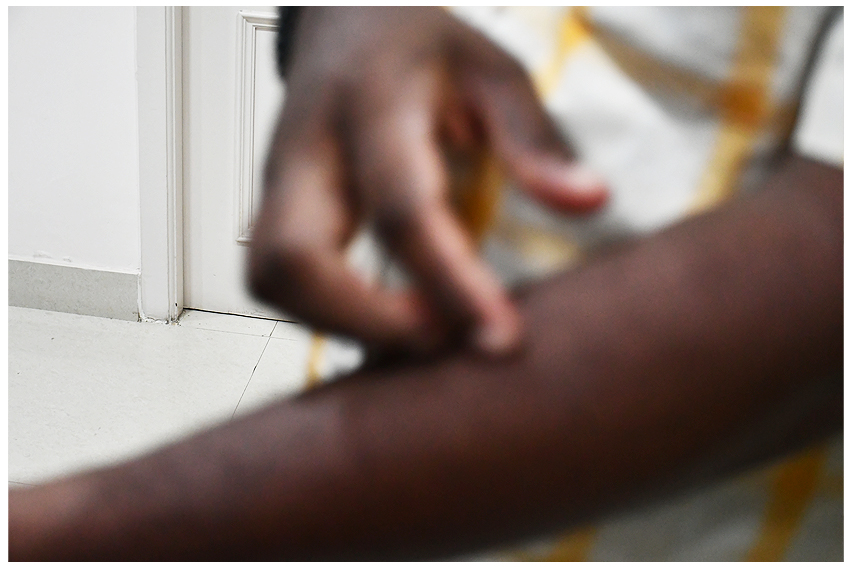
Causes of Liver Cirrhosis
The most common reason that causes liver cirrhosis is chronic alcoholism.
The next common reason is Hepatitis B and C, caused by a virus. This virus is transmitted either sexually or through infected needles. Contamination can be caught by tattooing, administering drugs through IV methods, needle sharing during drug abuse, piercing, etc.
The next common cause of liver cirrhosis is the Non-Alcoholic Fatty Liver Disease (NAFLD)
Other causes include the following
Hepatitis D
Any damage to bile ducts. This condition is referred as primary biliary cirrhosis.
The body’s auto immune system can sometimes damage the liver. This condition is referred as autoimmune hepatitis.
A buildup of iron in the body. This condition is referred as Hemochromatosis.
Copper accumulating in the liver. This condition is referred as Wilson’s disease.
Some drugs like acetaminophen and some anti-depressants.

Factors that can Aggravate Liver Cirrhosis
Excessive drinking even after diagnosed wth liver cirrhosis
Not changing the lifestyle despite the liver condition
Obesity and the associated comorbid conditions
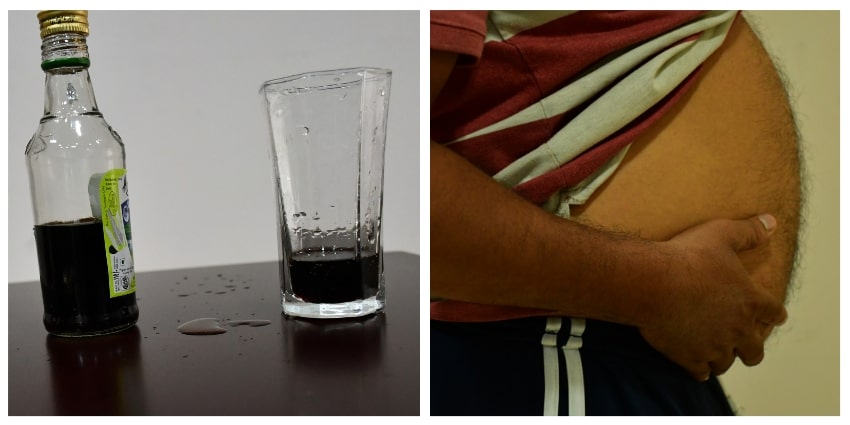
Diagnosis of Liver Cirrhosis
A detailed physical examination by the physician or GI surgeon. Conditions like jaundice, tremors, enlargement of liver or spleen, testicles size, breast size in men, general mental conditions (alertness) are examined as part of physical examination.
Blood tests to reveal the presence of anemic condition, presence of certain enzymes indicating liver damage, its ability to clot, presence of excess bilirubin, presence of hepatitis viruses (B, C and D) and levels of creatinine (indicates the kidney function) are checked.
Ultrasound or other imaging like CT scan and MRI is ordered to find out the abnormal size of the liver.
Biopsy reports can also be asked to find out the real cause of liver cirrhosis. Also any complications like liver cancer, the severity of the damage can be found using biopsy results.
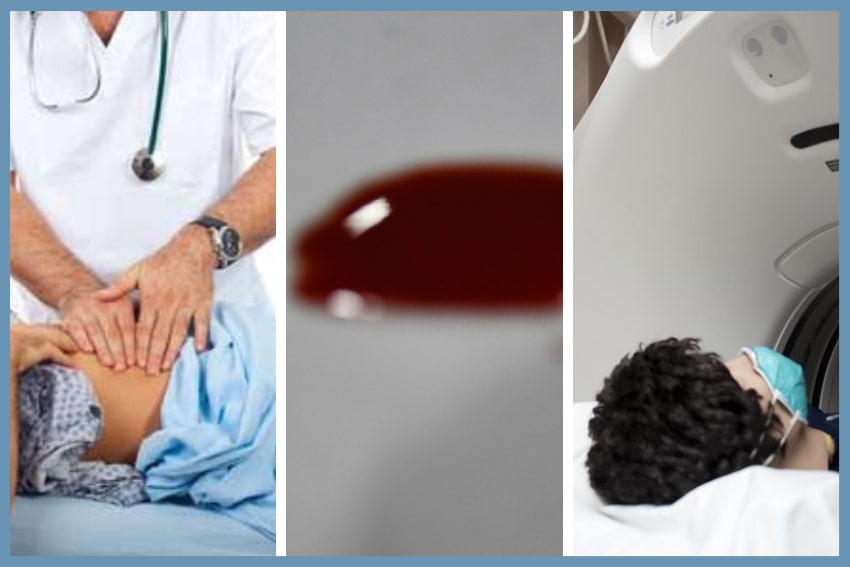
Non-Surgical Treatment for Non-Complicated Liver Cirrhosis
If the liver cirrhosis is not complicated and can be controlled, medical treatments are prescribed by the specialist gasteroenterologist.
If the liver cirrhosis is because of excess drinking, limiting or completely stopping alcohol intake is first recommended.
If the diseases is because of Hepatitis B, C or D, then appropriate medication to control the virus is administered.
If the disease is because of aggravtation of Non-Alcoholic Fatty Liver Disease, then strict methods to control obesity, fat in the blood are advocated.
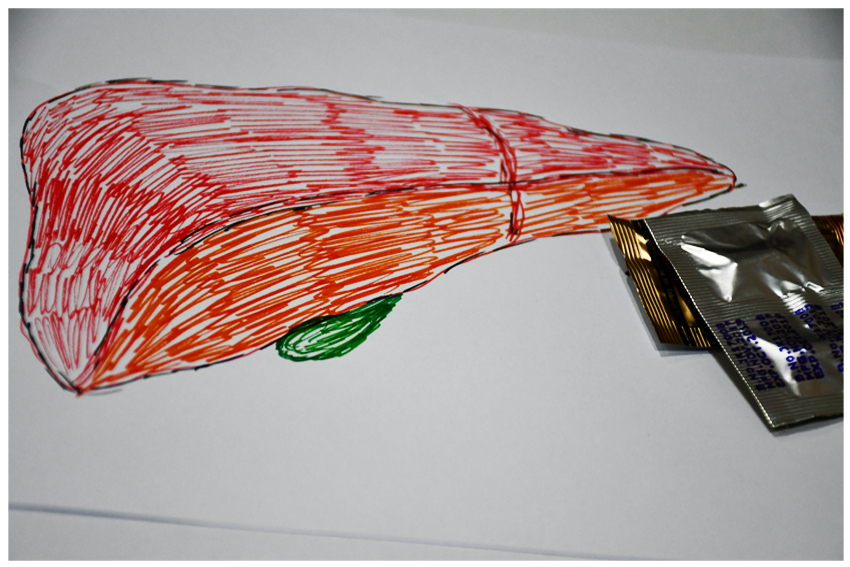
Complications of Liver Cirrhosis
Excess fluid build up in the body. The condition is referred as ascites.
Bleeding of the stomach and esophagus. This bleeding is caused by enlarged veins in the stomach (varices) and esophagus.
Liver cancer
Hepatic encephalopathy – A condition where the brain is affected due to the buildup of toxins.
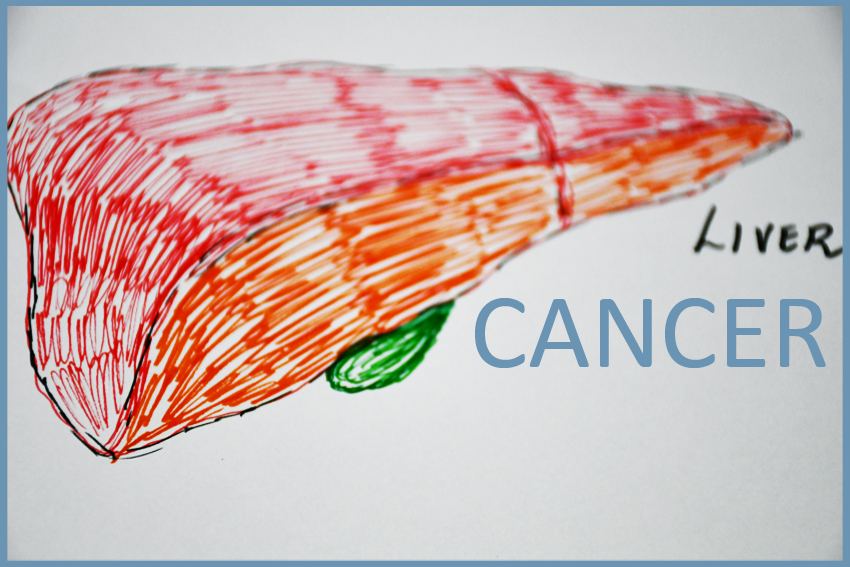
Surgical Treatment for Complicated Liver Cirrhosis
Sometimes the complications associated with liver cirrhosis is slowly failing the liver and in such scenarios, a liver transplant surgery or surgical excision of part of liver that has been completely damaged is recommended.
A GI surgeon would recommend a part of the damaged liver only if all tests have confirmed that other part of the liver is healthy. It may be noted that liver is the only organ that can regenerate itself to its original size.
A complete transplant is recommended only if the whole liver is damaged.
Before undergoing liver transplant multiple tests are conducted on the patient to determine if the body of the patient can takeup the transplant.
The patient has to abstain from alcohol completely before the surgery.
The main challenge is to find a suitable donor. Either a deceased with a healthy liver or a living person, confirming to all compatibility can be a donor.
It is imperative for people who have undergone liver transplant to screen themselves periodically, change their lifestyle, and abstain from alcohol if they want to lead a normal life.
